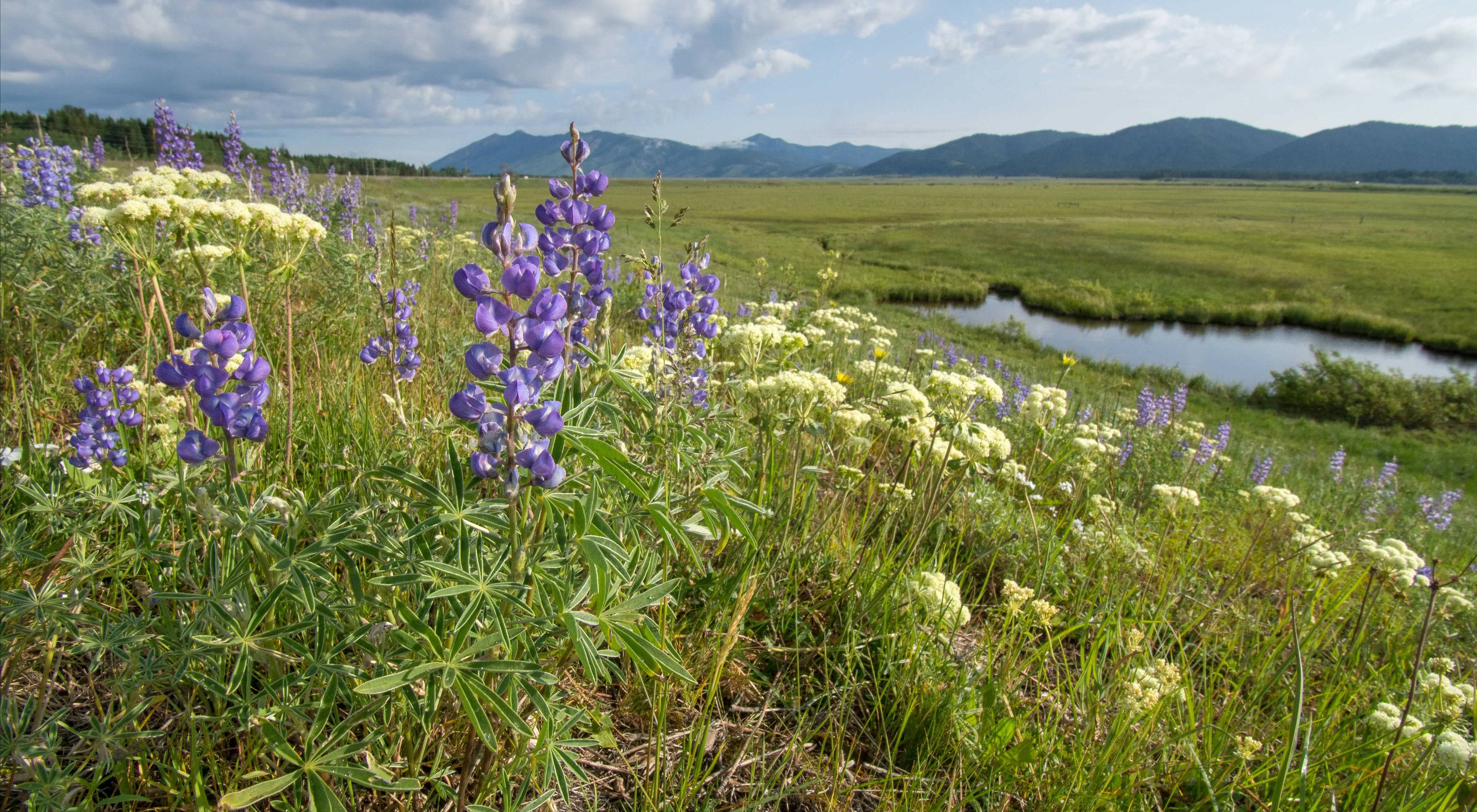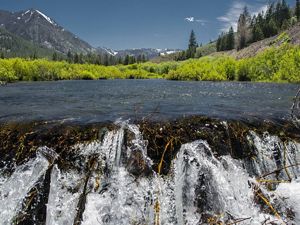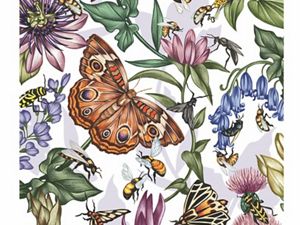10 Native Idaho Plants
From huckleberries to bitterbrush, Idaho’s plant life is more than potatoes.
Forests. Deserts. Grasslands. Wetlands. Each of these major habitats in Idaho has its own unique flora and fauna. While Idaho is perhaps better known for its iconic animals, the plant life deserves our attention too. Many of these plant species have been used by Indigenous peoples for a variety of purposes since time immemorial.
From grasses to tall trees, Idaho is home to thousands of species of plants. Learn more about some of our state's special plants with these ten highlights.
Aase's Onion (Allium aaseae)
With its beautiful display of small pink-purple flowers, this plant is rare and only found in southwestern Idaho, mainly on steep, sandy slopes in the lower foothills between Boise and Emmett. In 2006, several Aase's onion plants were salvaged from a landfill expansion and replanted at the Idaho Botanical Gardens.

Bartonberry (Rubus bartonianus)
This species is endemic to Hells Canyon, meaning this is the only place in the world where it grows. This shrub is named after Lenora Barton, who homesteaded in the canyon. She sent in parts of the plant to Willamette University in 1931 and by 1933, the “Bartonberry” was identified as its own species. There are ongoing efforts to conserve this rare species.
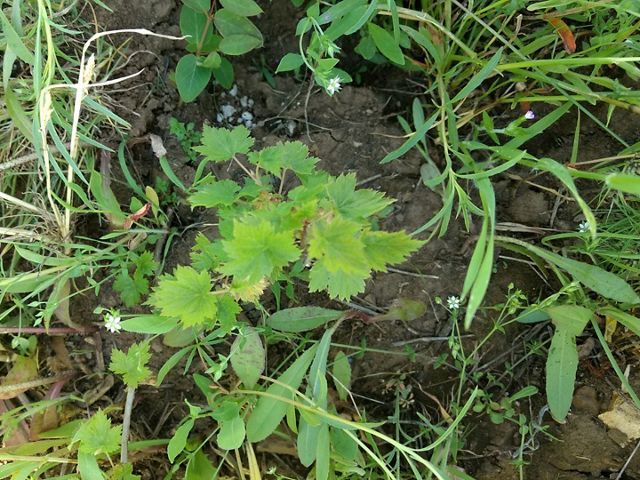
Bitterbrush (Purshia tridentata)
Did you know bitterbrush is in the rose family? This common desert shrub is adapted to thrive in dry conditions with water-loss resistant leaves and long taproots. Its full common name is “antelope bitterbrush,” which is apt since it is a great food source for wildlife.
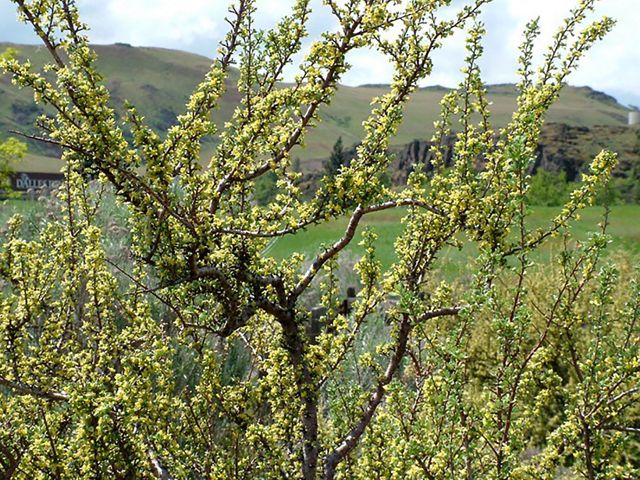
Bluebunch Wheatgrass (Pseudoroegneria spicata)
Although not as “showy” as some other plants, grasses play a vital role in our ecosystems. Bluebunch wheatgrass is one of the most drought-resistant native bunchgrasses. Its roots go deep in the ground, a record depth of 6.6 ft, which allows them to get water in the soil at greater depths than most grasses. Bluebunch is also a nutritious food source for animals like elk and deer.
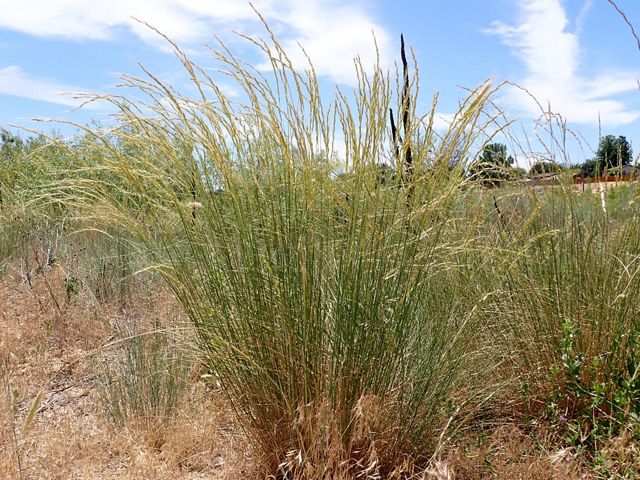
Common Camas (Camassia quamash)
When in bloom, thousands of camas blossoms can be mistaken as a lake from a distance. Like many species on this list, camas is more than a beautiful flower as this plant is and has been an important food source for Indigenous peoples. Camas can often be seen blooming at the Flat Ranch Preserve in late spring.
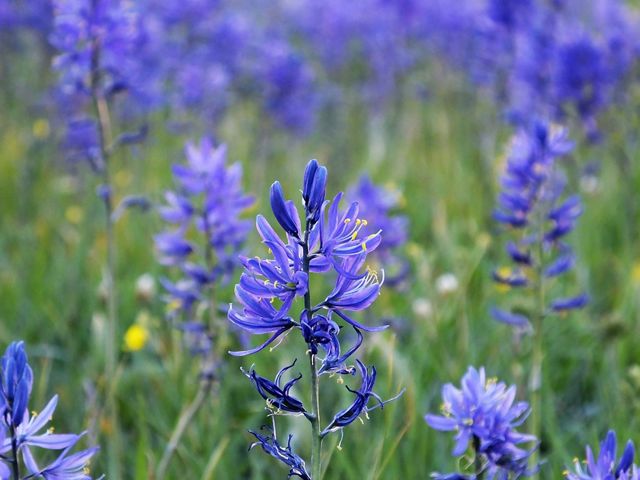
Huckleberry (Vaccinium membranaceum)
Many Idahoans would say huckleberry is the state flavor. These small red and purple berries make for delicious pies, jams, milkshakes and more. But why is this berry so unique? Unlike other berries species, huckleberries can’t be cultivated. They can only be collected by foraging—and only if you know the places to go.
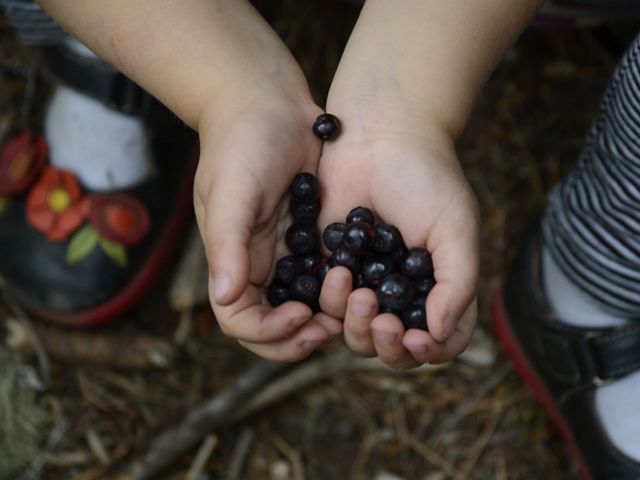
Sagebrush (Artemisia species)
Sagebrush might get upstaged by the greater sage-grouse that depend on it, but the plant itself is an iconic western species. There are 36 different species of sagebrush in Idaho and they can be hard to distinguish from each other. Sagebrush provides critical food and habitat for a variety species, from sage grouse to the adorable pygmy rabbit and mule deer.
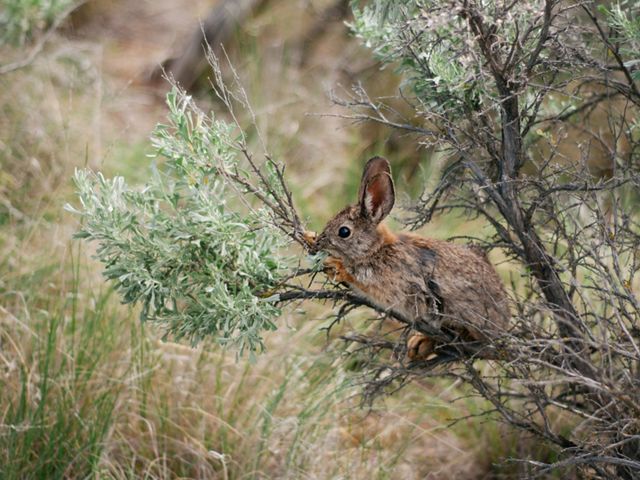
Sacajawea Bitterroot (Lewisia sacajaweana)
This beautiful plant only grows in central Idaho’s mountains, ranging from 5,000 to 9,500 feet in elevation. There are only two dozen known populations of Sacajawea's bitterroot, making it one of the rarest plants on our list. Like a magician’s act, after flowering all above ground signs of the plant disappear.
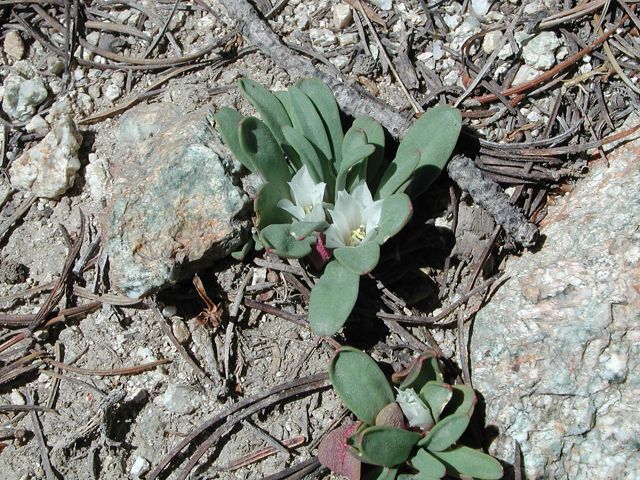
Western Larch (Larix occidentalis)
Although it may look like an evergreen, larch trees are deciduous and lose their needles in the fall. Western larch is a highly adaptable and resilient species when established. There have been reports of western larch trees over 900 years old!
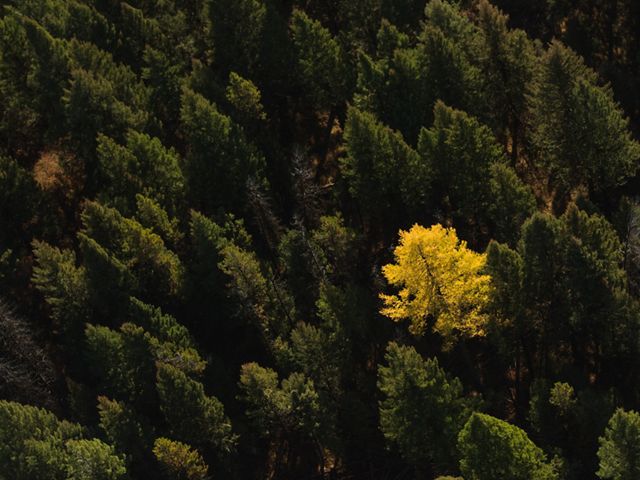
Western White Pine (Pinus monticola)
We couldn’t skip the Idaho State Tree on this list! Western white pine is valued as a timber species and for providing habitat and food for wildlife. It is also a fire-dependent species, meaning periodic fire or other disturbance is necessary to remove competing trees and allow western white pine to regenerate.
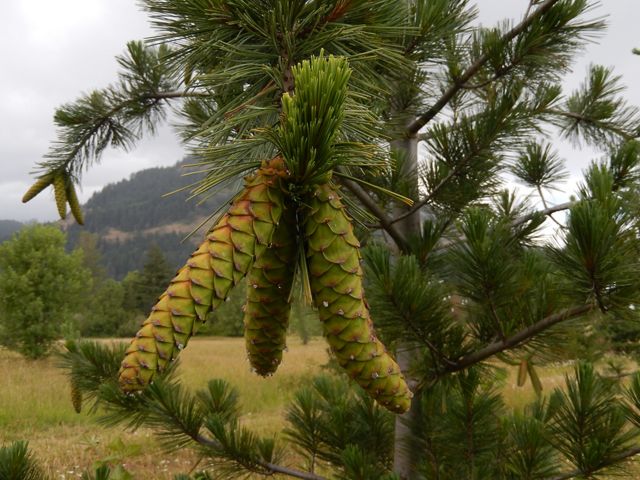
Bonus Plants to Watch For
Arrowleaf Balsamroot (Balsamorhiza sagittata)
With big, bright yellow flowers, arrowleaf balsamroot is a common plant in Idaho and across the West. In addition to being pretty to look at during hikes in places like the Boise Foothills, the flowers are also a good browsing source for wildlife. Roots, immature flower stems and seeds all have nutritional benefits.
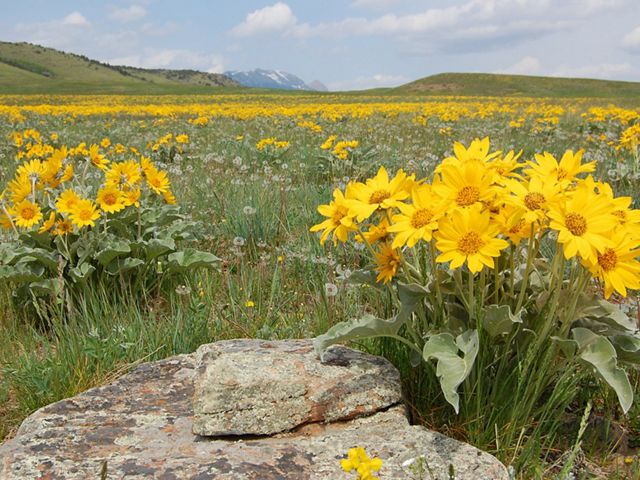
Macfarlane Four O'Clock (Mirabilis macfarlanei)
This beautiful perennial is native to only Idaho and Oregon. Macfarlane's four o'clocks are listed as "Threatened" under the Endangered Species Act and are vulnerable due to non-native species like cheatgrass that compete for environmental needs like water.

Would you like to see these plants in person? Many of them can be found at the Lewis and Clark Native Plant Garden at the Idaho Botanical Gardens.
Help Idaho's species thrive
Native plant and animal communities are in danger of habitat loss and degradation. Help us protect and restore these lands.
